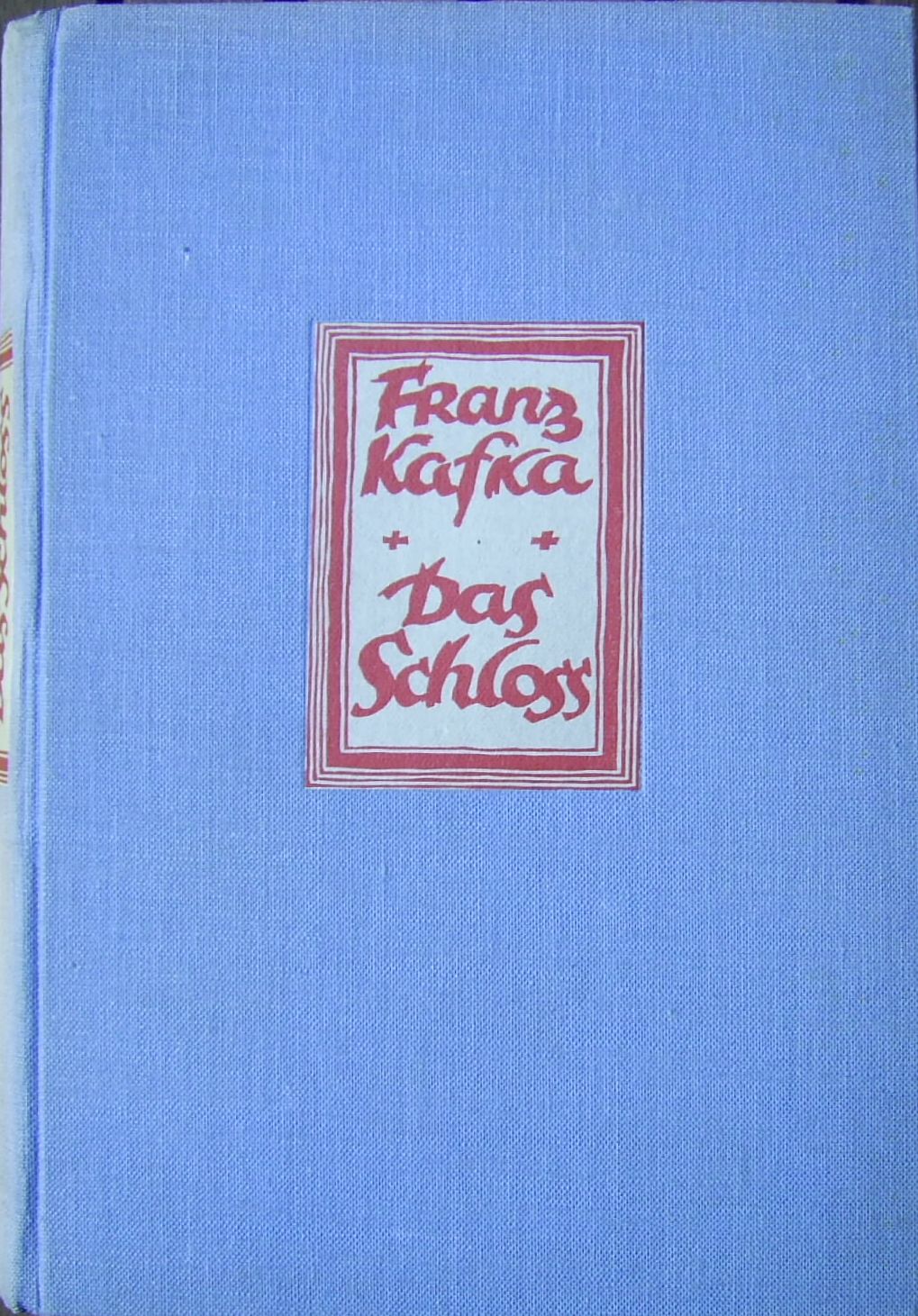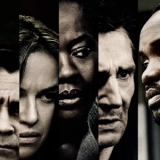Kafka: The Castle – Book Review
Kafka: The Castle – Anna’s reading challenge
A labyrinth of alienation and desperation
There are only a few people who one cannot but admire for the vast knowledge they gained throughout the years. My literature professor in Leuven was a specimen of these people. She could talk about Belgium’s or England’s or Hungary’s figures in literature and could make connection between these that left me always in awe. On one of her lessons she suggested us to read Castle by Kafka which then, at about two years ago, I failed to do. However, when such a personality recommends you a book, you should definitely give it a try, so now I did.
I have already read The Trial by Kafka so I knew what to expect: a long vicious circle of a novel which ends without a full closure and may leave the reader frustrated. There are many similarities between The Castle and The Trial. In both of the novels we have protagonists without pasts. Also, we see a process which seems to be never-ending. However, while in The Trial the protagonist has to struggle through the labyrinth of bureaucracy, in The Castle K has to find a way to get to the lord through the village.

Franz Kafka: The Castle / First edition (1926)
The Castle is about a man who was hired to be a land surveyor in a village but once he was there, they tell him that he is not allowed to work in that position. Throughout the book he tries to reach the lord of the castle (the person who supposedly originally hired him) to let him know of this difficulty in the hope that he would help. However, the lord is very much elusive. And just as the reader would think there is a chance for the meeting, the protagonist is returns to the starting position or one step back. What complicates K’s quest is that the lord can never be contacted personally, only through his administrators who can rarely be found around.
What is more, the villagers further impede his quest. They always follow written or unwritten rules of the administrators and lords and they wish K to behave accordingly. Due to these rules, from the moment K enters the village, he constantly misunderstands its residents. As a consequence, the book can be read as an extensive depiction of alienation, a topic which has always been Kafka’s specialty. But the novel is more than this. It is an allegory and as such can be understood in various ways. The one I found best is to interpret as a depiction of the relationship between humans and God and religion. Once we read it with this in the back of our head, the book and its occasional nonsense makes more sense. This way the omnipresent yet missing lord is ‘God’ whom a simple human can never meet. The administrators represent the priests who could be just other residents with the difference that they have more power. And the folk of the village is a metaphor for religious people who blindly follow what the lord might have or might have not said.
The book was written in 1926 when people were still shaken by the discovery of evolution and therefore the loss of their religion. Throughout the book, Castle depicts this feeling of desolation which the real world has become after the discovery. In Eat, Pray and Love there is an essential scene when Liz is hopeless and starts praying to God. In that novel she receives an answer which makes her want to hope and live. If she had been left without an answer, in that moment of desperation, she might have written Castle. In contrast with Eat, Pray and Love, Kafka’s novel is not a light read, it does not show us guides on how to live in a world full with uncertainties. Instead it points a mirror to society in order to see the logic in our senselessness.




























